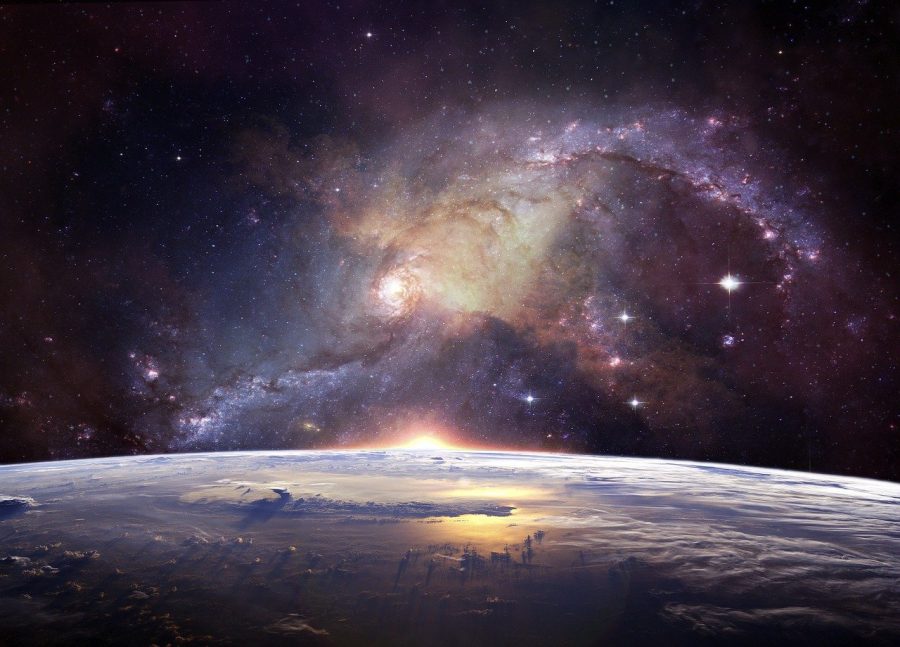Just The Moon?
Despite the gloomy year, resulting in tragic outcomes, significant progress has been made in space. In the last few months, SpaceX created a turning point in American space flights. For the first time since the Space Shuttle’s retirement in 2011, new technology has been introduced for space flights. With the support of NASA (National Aeronautics and Space Administration), SpaceX was able to launch a variety of space ships embedded with potentially life-changing technology for humanity: reusable launch systems. As SpaceX continues to advance the limits of human capabilities in space, it has officially announced its plans to reestablish missions to the Moon, and something even greater.
One of the most exciting moments of this year in space exploration was Robert L. Behnken and Douglas G. Hurley’s journey to the ISS (International Space Station). Two NASA astronauts, not only for the first time since 2011 have headed to orbit in an American rocket, SpaceX’s Crew Dragon, launched from the United States. However, it’s the first time a private company’s rocket was operated along with NASA. Besides the flight itself, the missions included additional brand-new features, such as the first automatic docking with the space station by an American spacecraft and the use of a touch screen in place of the many buttons and switches used before. As a result of this successful achievement, many more flights are projected to occur, including the most recent one on November 16th. NASA astronauts Mike Hopkins, Victor Glover, Shannon Walker, and JAXA (Japan Aerospace Exploration Agency) astronaut Soichi Noguchi will spend approximately six-months in the ISS, using the Dragon rocket as a part of the Commercial Crew Program (CREW-1 Mission). Through these launches, SpaceX is laying the groundwork for the upcoming missions to the Moon and beyond.
So, what really is the ultimate stop of SpaceX company as of right now? It is Mars! According to the founder and CEO, Elon Musk, SpaceX is preparing to launch astronauts to Mars in 2026 and possibly even sooner in 2024. It is important to note the interval of two years as Earth and Mars align in favor of interplanetary launches only every 26 months. In the SpaceX Starship vehicle, the world’s most powerful launch vehicle ever developed, with the ability to carry in excess of 100 metric tonnes to Earth orbit, the astronauts will explore the unknown of the Red Planet. According to Elon Musk himself, the giant rocket will be able to launch itself not only from the Moon, but also from Mars, having a sufficient amount of fuel.
One might ask, however, “Why Mars?” Well, Mars is one of the Earth’s closest habitable neighbors, which receives a relatively sufficient amount of sunlight, and it is absolutely possible to grow plants by compressing the atmosphere. To add, Elon Musk has provided his own opinion, “You want to wake up in the morning and think the future is going to be great – and that’s what being a spacefaring civilization is all about. It’s about believing in the future and thinking that the future will be better than the past. And I can’t think of anything more exciting than going out there and being among the stars.”
As SpaceX continues their space expeditions, Elon Musk has kept his sense of humor. His most recent plan is to launch remote-controlled cars on the Moon. In 2021, with the partial help of two teams of high school students, they will create, and race, two vehicles on the Moon. With such exciting news, space colonization seems to be even closer than imagined.
ISS Docking Simulator: https://iss-sim.spacex.com/
Sources:
- https://www.spacex.com/updates/crew-1-docks-to-iss/index.html
- https://www.spacex.com/

